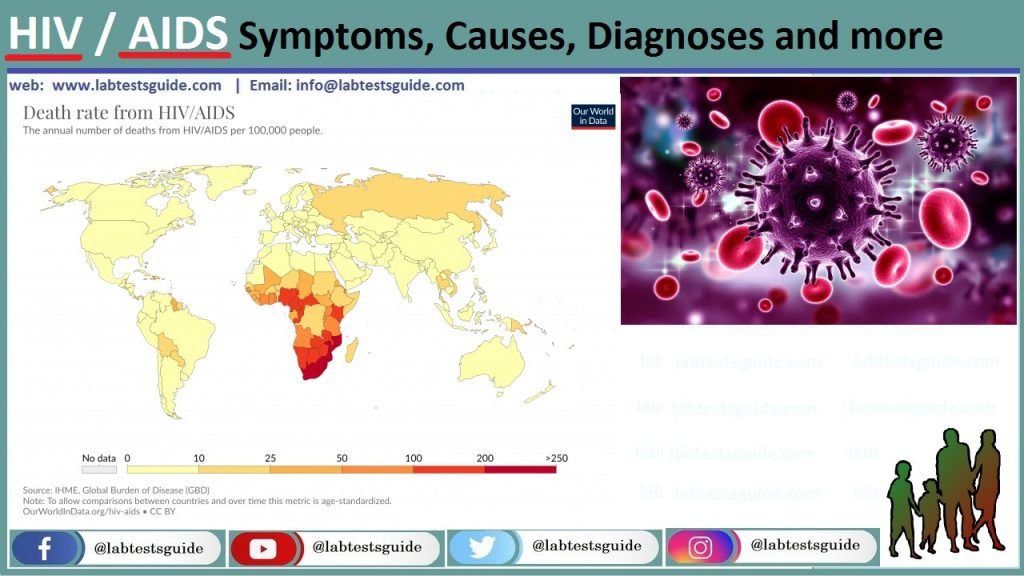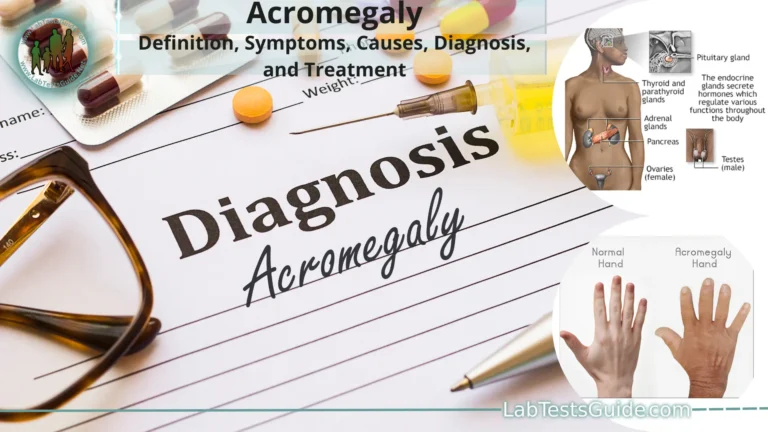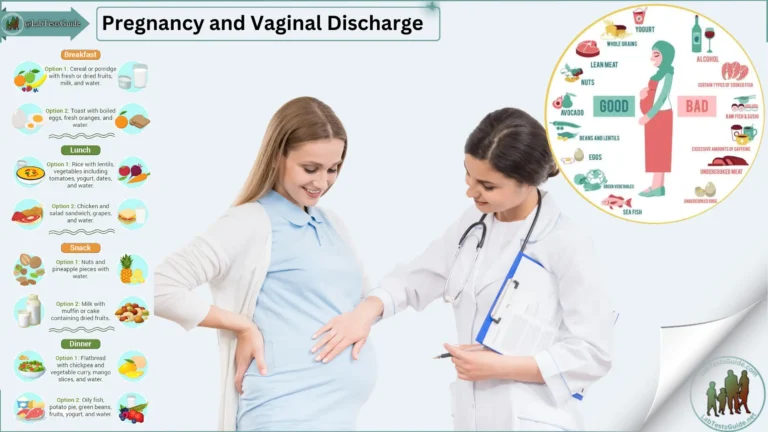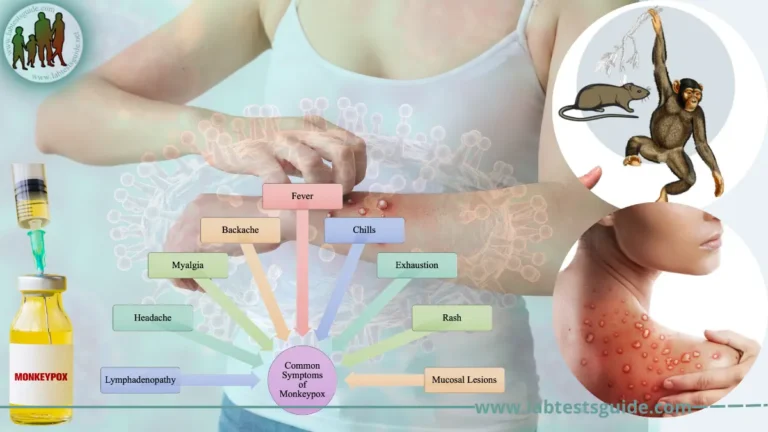HIV stands for Human Immunodeficiency Virus. It is the virus that can lead to acquired immunodeficiency syndrome or AIDS if left untreated. Unlike other viruses, the human body cannot completely eliminate HIV, even with treatment. So once you get HIV, you have it for life.

Also Known As: Human Immunodeficiency Virus Infection, Acquired Immunodeficiency Syndrome, HIV, AIDS
HIV is a virus that is transmitted through certain bodily fluids that attack the body’s immune system, specifically CD4 cells, often called T cells. Over time, HIV can destroy so many of these cells that the body cannot fight infections and diseases. These special cells help the immune system fight infection. Without treatment, HIV reduces the number of CD4 cells (T cells) in the body. This damage to the immune system makes it increasingly difficult for the body to fight infections and some other diseases. Opportunistic infections or cancers take advantage of a very weak immune system and signal that the person has AIDS. Learn more about the stages of HIV and how to know if you have HIV.
Stages of HIV:
When people get HIV and go untreated, they will generally progress through three stages of the disease.
- Stage 1: Acute HIV infection:
Within 2 to 4 weeks after HIV infection, people can experience a flu-like illness, which can last for a few weeks. This is the body’s natural response to infection. When people have acute HIV infection, they have a large amount of virus in their blood and are highly contagious. - Stage 2: Clinical latency (HIV inactivity or dormancy):
This period is sometimes called asymptomatic HIV infection or chronic HIV infection. During this phase, HIV remains active but reproduces at very low levels. People may not have any symptoms or get sick during this time. - Stage 3: Acquired immunodeficiency syndrome (AIDS):
AIDS is the most severe phase of HIV infection. People with AIDS have such badly damaged immune systems that they get an increasing number of severe illnesses, called opportunistic illnesses.
Symptoms of HIV:
The symptoms of HIV and AIDS vary, depending on the phase of the infection.
Stage 1: Acute HIV infection Symptoms:
Some people infected by HIV develop a flu-like illness within two to four weeks after the virus enters the body. This illness, known as primary (acute) HIV infection, may last for a few weeks. Possible signs and symptoms include:
- Fever
- Headache
- Muscle aches and joint pain
- Rash
- Sore throat and painful mouth sores
- Swollen lymph glands, mainly on the neck
- Diarrhea
- Weight loss
- Cough
- Night sweats
Stage 2: Clinical latency (HIV inactivity or dormancy) Symptoms:
At this stage of infection, HIV is still present in the body and in white blood cells. However, many people may not have any symptoms or infections during this time.
This stage can last for many years if you are not receiving antiretroviral therapy (ART). Some people develop a more serious illness much earlier.
Stage 3: Acquired immunodeficiency syndrome (AIDS) Symptoms:
As the virus continues to multiply and destroy your immune cells — the cells in your body that help fight off germs — you may develop mild infections or chronic signs and symptoms such as:
- Fever
- Fatigue
- Swollen lymph nodes — often one of the first signs of HIV infection
- Diarrhea
- Weight loss
- Oral yeast infection (thrush)
- Shingles (herpes zoster)
- Pneumonia
Transmission of HIV:
HIV is transmitted through bodily fluids that include:
- Blood
- Semen
- Vaginal and rectal fluids
- Breast milk
How HIV is spread:
To become infected with HIV, infected blood, semen, or vaginal secretions must enter your body. This can happen in several ways:
- By having sex: You can become infected if you have vaginal, anal, or oral sex with an infected partner whose blood, semen, or vaginal secretions enter your body. The virus can enter your body through sores or small tears that sometimes develop in the rectum or vagina during sexual activity.
- By sharing needles: Sharing contaminated intravenous drug paraphernalia (needles and syringes) puts you at high risk for contracting HIV and other infectious diseases, such as hepatitis.
- From blood transfusions: In some cases, the virus can be transmitted through blood transfusions. American hospitals and blood banks now test the blood supply for antibodies to HIV, so this risk is very small.
- During pregnancy or childbirth or during lactation: Infected mothers can transmit the virus to their babies. Mothers who are HIV positive and receive treatment for infection during pregnancy can significantly reduce the risk to their babies.
Risk factor’s:
Any person of any age, race, sex, or sexual orientation can be infected with HIV / AIDS. However, you are at the highest risk for HIV/AIDS if you:
- Having unprotected sex: Use a new latex or polyurethane condom every time you have sex. Anal sex is more risky than vaginal sex. Your risk of HIV increases if you have multiple sexual partners.
- Having an STI: Many STIs cause open sores on the genitals. These sores act as doors for HIV to enter your body.
- Use intravenous drugs: People who use intravenous drugs often share needles and syringes. This exposes them to other people’s drops of blood.
How to Diagnose:
HIV can be diagnosed through blood or saliva tests. Available tests include:
- Antigen / antibody tests. These tests usually involve drawing blood from a vein. Antigens are substances found in the HIV virus and are usually detectable (a positive test) in the blood a few weeks after exposure to HIV.
Your immune system makes antibodies when you are exposed to HIV. Antibodies can take weeks or months to be detectable. Combined antigen / antibody tests can take two to six weeks after exposure to be positive. - Antibody tests. These tests look for antibodies to HIV in the blood or saliva. Most rapid HIV tests, including home self-tests, are antibody tests. Antibody tests can take three to 12 weeks after you are exposed to being positive.
- Nucleic Acid Testing (NAT). These tests look for the actual virus in your blood (viral load). They also involve blood drawn from a vein. If you may have been exposed to HIV in the past few weeks, your doctor may recommend NAT. NAT will be the first test to be positive after exposure to HIV.
Tests Complications
Your doctor might also order lab tests to check for other infections or complications, including:
- Tuberculosis
- Hepatitis B or hepatitis C virus infection
- STIs
- Liver or kidney damage
- Urinary tract infection
- Cervical and anal cancer
- Cytomegalovirus
- Toxoplasmosis
Treatment:
Currently, there’s no cure for HIV/AIDS. Once you have the infection, your body can’t get rid of it. However, there are many medications that can control HIV and prevent complications. These medications are called antiretroviral therapy (ART). Everyone diagnosed with HIV should be started on ART as well as HIV dental work, regardless of their stage of infection or complications.
Consult with Your Health Care Provider
Treatment side effects
Treatment side effects can include:
- Nausea, vomiting or diarrhea
- Heart disease
- Kidney and liver damage
- Weakened bones or bone loss
- Abnormal cholesterol levels
- Higher blood sugar
- Cognitive and emotional problems, as well as sleep problems
Preventions:
Although many researchers are working to develop one, there is currently no vaccine available to prevent HIV transmission. However, taking certain steps can help prevent the spread of HIV.
- Safer sex:
The most common way of spreading HIV is through anal or vaginal sex without a condom. This risk cannot be completely eliminated unless sex is completely avoided, but the risk can be greatly reduced by taking some precautions. A person concerned about their HIV risk should:- Get tested for HIV. It is important that they learn their state and that of their partner.
- Get tested for other sexually transmitted infections (STIs). If they test positive for one, they should receive treatment, because having an STI increases the risk of contracting HIV.
- Condom use. They must learn the correct way to use condoms and use them every time they have sex, whether through vaginal or anal sex. It is important to note that pre-seminal fluids (which come out before male ejaculation) can contain HIV.
- Limit your sexual partners. They must have a sexual partner with whom they have an exclusive sexual relationship.
- Take your medications as directed if you have HIV. This reduces the risk of transmitting the virus to your sexual partner.
- Other prevention methods:
Other steps to help prevent the spread of HIV include:- Avoid sharing needles or other drug paraphernalia: HIV is transmitted through the blood and can be contracted using contaminated materials.
- Consider PEP: A person who has been exposed to HIV should contact their healthcare provider for post-exposure prophylaxis (PEP). PEP can reduce the risk of contracting HIV. It consists of three antiretroviral drugs administered over 28 days. PEP should be started as soon as possible after exposure, but within 36 to 72 hours.
- Consider PrEP: A person at high risk for HIV should talk to their healthcare provider about pre-exposure prophylaxis (PrEP). If taken consistently, it can reduce the risk of contracting HIV. PrEP is a combination of two medications available in pill form.
Currently, there are no vaccines to prevent or treat HIV. Research and testing of experimental vaccines is ongoing, but none is close to being approved for general use.
Possible References Used





